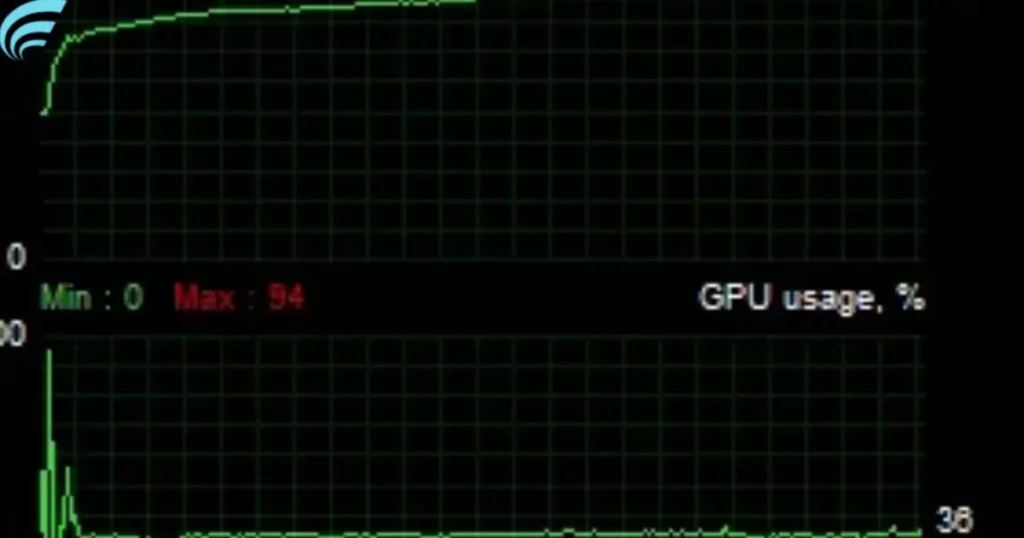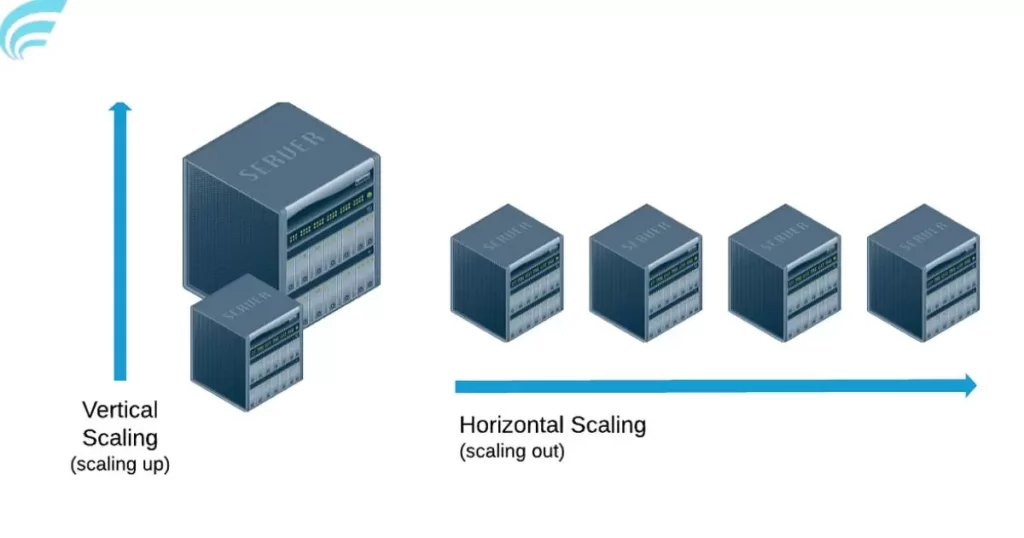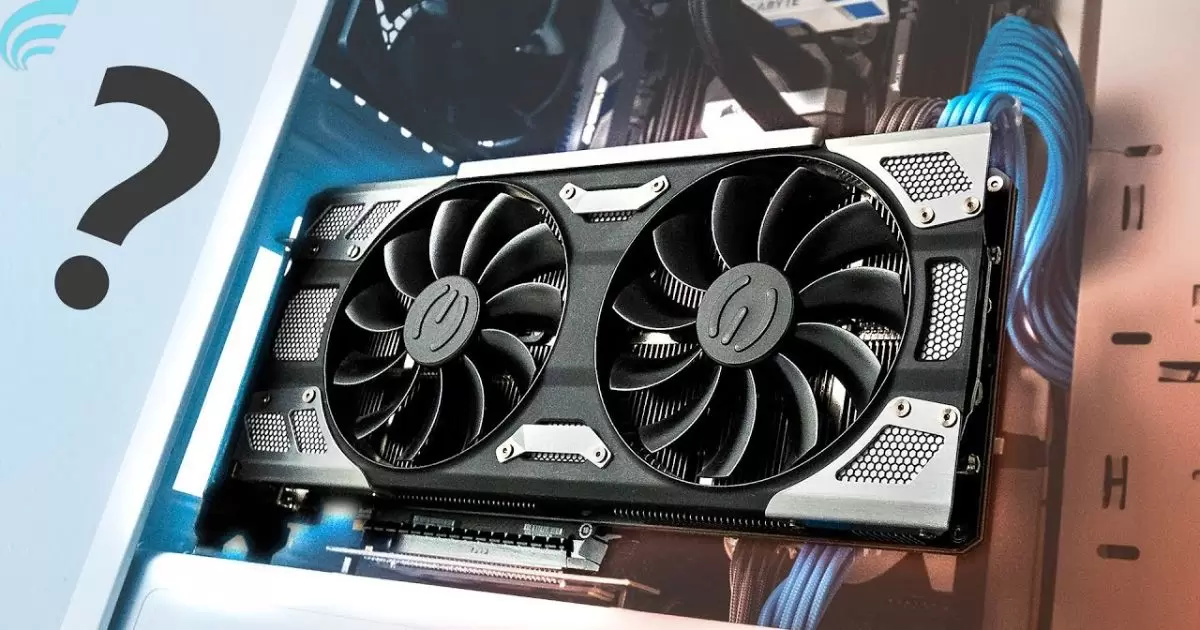A vertical GPU mount is like standing your computer’s graphics card up straight instead of laying it flat. It’s a cool way to show off your powerful graphics card through a special slot in your PC case. This makes your gaming setup look awesome, but it’s important to check if your case supports it and if it might affect your GPU’s temperature.
Ever wondered: Does vertical GPU mount affect performance? Dive into the world of gaming aesthetics with a vertical GPU mount. Uncover the visual thrill of showcasing your graphics card upright. Join us in exploring if this sleek setup impacts your gaming rig’s power; the answer might just surprise you.
Curious about the impact of a vertical GPU mount on performance? When you stand your graphics card upright in your PC case, it can affect airflow and temperature. This may lead to a slight performance change, but it varies based on your case design and cooling setup. It’s worth checking reviews or testing it out to see if the visual upgrade is right for you.
Exploring Vertical GPU Setup
Wondering about the buzz around vertical GPU mounts? When you opt for a vertical setup, you’re essentially standing your graphics card upright instead of having it lie flat. This not only adds a dash of visual flair to your gaming rig but also sparks curiosity about potential impacts on performance. Let’s delve into the details to unravel the mysteries of the vertical GPU configuration.
In a vertical GPU setup, the graphics card is positioned vertically within the case. This orientation not only showcases your GPU prominently through a side panel but also gives your PC an eye-catching, modern aesthetic. However, before diving into this stylish trend, it’s crucial to explore whether this setup has any notable effects on your gaming rig’s overall performance.
Potential Performance Factors
One of the key considerations when adopting a vertical GPU mount is the potential impact on heat dissipation. Unlike traditional horizontal setups, the vertical orientation may influence how heat is expelled from the graphics card. The proximity of the GPU to other components and the case’s airflow dynamics can contribute to changes in temperature. While the visual appeal is undeniable, assessing the potential trade-off in terms of thermal performance becomes essential.
When it comes to the actual gaming experience, the impact of a vertical GPU mount on performance is often a topic of debate among PC enthusiasts. Some users report minimal changes, while others suggest a slight decrease in performance due to altered thermal conditions. It’s crucial to weigh these factors against the aesthetic enhancement to determine if a vertical GPU setup aligns with your priorities for your gaming rig.
Heat Dissipation Concerns
Heat dissipation is a critical aspect of any PC setup, and the vertical GPU mount introduces a unique set of considerations. With the graphics card positioned vertically, the airflow dynamics within the case may be different from traditional horizontal configurations. This variance can potentially affect how efficiently the GPU dissipates heat. It’s essential to monitor temperature changes and, if necessary, adjust your cooling solution to maintain optimal performance.
While the impact on heat dissipation is a concern, it’s important to note that not all vertical GPU setups will experience significant issues. The extent of the impact depends on various factors, including the case design, cooling solution, and the specific characteristics of your graphics card. Careful consideration and potential adjustments to your setup can help mitigate any adverse effects on heat dissipation and maintain a stable gaming environment.
Airflow Considerations
Airflow is a critical element in maintaining the temperature balance within your PC case. In a vertical GPU setup, airflow dynamics can be different compared to a traditional horizontal configuration. The orientation of the graphics card may affect the natural flow of air, potentially influencing the cooling performance of not only the GPU but also other components in the case. As you venture into the realm of vertical GPU mounting, being mindful of airflow considerations is crucial for preserving the overall thermal equilibrium of your system.
To better understand the impact of airflow in a vertical GPU setup, consider assessing your case’s design and the placement of additional cooling components. Some PC cases come equipped with features that optimize airflow for vertical configurations, while others may require strategic fan placement or adjustments to maintain efficient cooling. By addressing airflow considerations, you can enhance the stability and longevity of your gaming components within a vertical GPU setup.
GPU Temperature Changes

A significant aspect of the vertical GPU setup revolves around potential changes in GPU temperatures. When you stand your graphics card upright, it may experience different thermal conditions compared to a traditional horizontal arrangement. Monitoring and understanding these temperature changes is crucial for assessing the overall impact on your GPU’s performance and longevity.
In a vertical GPU configuration, the graphics card’s exposure to ambient air and the case’s overall thermal environment can contribute to fluctuations in temperature. While some users may not observe substantial changes, others might experience a slight increase in GPU temperatures. It’s advisable to keep a close eye on temperature metrics using monitoring tools and adjust your cooling solution if necessary to maintain optimal operating conditions for your GPU.
Comparing Vertical and Horizontal Setups

Before committing to a vertical GPU setup, it’s essential to weigh the pros and cons against the traditional horizontal configuration. While the vertical orientation offers a visually striking presentation of your graphics card, it’s crucial to consider how it may impact factors like heat dissipation, airflow, and GPU temperatures. Comparing these aspects allows you to make an informed decision based on your priorities for both aesthetics and performance.
In a horizontal GPU setup, the graphics card lies flat within the case, aligning with the traditional configuration. This arrangement often follows standard airflow patterns, promoting efficient cooling for the GPU and other components. While it may lack the visual flair of a vertical setup, the horizontal orientation is a reliable and proven configuration that ensures consistent thermal performance.
Case Design and GPU Compatibility
The success of a vertical GPU setup hinges on the compatibility between your case design and the specific characteristics of your graphics card. Not all PC cases support vertical GPU mounting, and even if they do, certain design features may enhance or hinder the effectiveness of this configuration. Assessing your case’s suitability for a vertical setup and considering any necessary modifications is crucial for a seamless integration that balances aesthetics and performance.
Some cases come with dedicated vertical GPU mounting slots, ensuring proper support and alignment. When selecting the best GPU for Ryzen 5 5600X, factors like the length and thickness of your graphics card are crucial. Larger GPUs may face compatibility issues in certain cases. It’s advisable to consult your case’s manual, check manufacturer specifications, and explore user experiences to ensure a smooth transition to a vertical GPU setup without compromising compatibility or performance.
Final Verdict on Performance Impact
In the quest for the perfect balance between aesthetics and performance, the final verdict on the impact of a vertical GPU mount rests on individual preferences and priorities. While the visual appeal of showcasing your graphics card in a vertical orientation is undeniable, it’s essential to carefully consider the potential effects on heat dissipation, airflow, and GPU temperatures.
For users who prioritize a sleek and modern look for their gaming rig, the slight potential performance trade-offs may be an acceptable compromise. However, those who place the utmost importance on maintaining optimal thermal conditions and maximizing GPU performance may opt for the reliability of a traditional horizontal setup. Ultimately, the decision between vertical and horizontal GPU mounting boils down to personal preferences and the specific requirements of your gaming setup.
FAQs
Are there specific cases suitable for vertical GPU mounting?
Yes, certain cases are designed to accommodate vertical GPU mounting, ensuring proper airflow and compatibility.
Can vertical GPU mounting impact overall system temperatures?
Vertical GPU mounting may lead to fluctuations in system temperatures, affecting both the GPU and other components.
Are there benefits to choosing vertical GPU mounting for aesthetics?
Choosing vertical GPU mounting can enhance the visual appeal of your system, but it’s essential to consider potential performance trade-offs.
How can users optimize vertical GPU mounting for better performance?
Optimizing vertical GPU performance involves selecting a case with good airflow, using suitable cooling solutions, and ensuring GPU compatibility.
Conclusion
When it comes to the question, does vertical GPU mount affect performance? The answer lies in a careful balance. Mounting your GPU vertically can certainly add a sleek and modern aesthetic to your computer setup, contributing to an overall visually appealing experience. It’s crucial to consider potential impacts on performance. The orientation may influence airflow and heat dissipation, which can affect the GPU’s temperature and, consequently, its performance.
To strike the right balance, users should choose a case designed for vertical mounting, ensuring proper ventilation and compatibility with cooling solutions. Ultimately, a well-informed decision based on both aesthetics and performance considerations will lead to a satisfying computing experience.











